According to Aisixiang, facing new trends and challenges of profound and complex changes in the global geo-economic and geopolitical situation, the Regional Comprehensive Economic Partnership (RCEP), as the world's largest free trade agreement, has been comprehensively implemented and initially brought benefits. Initial practice proves that RCEP promotes the process of regional economic integration.
The main features of this mechanism are to take development as the orientation, promote free trade, emphasize extensive economic cooperation and balanced development; take the Association of Southeast Asian Nations (ASEAN) as the subject, establish a regional free trade agreement with developing economies at the center; take tolerance as the feature and adhere to the principle of regional openness, promote the spirit of progress and flexibility.
The effective and beneficial implementation of RCEP will profoundly change the economic and trade landscape in the Asia- Pacific region and even the world. This mechanism will also create momentum for China to participate in global economic governance and form a new development model with a dual circulation of domestic and international mutual promotion.
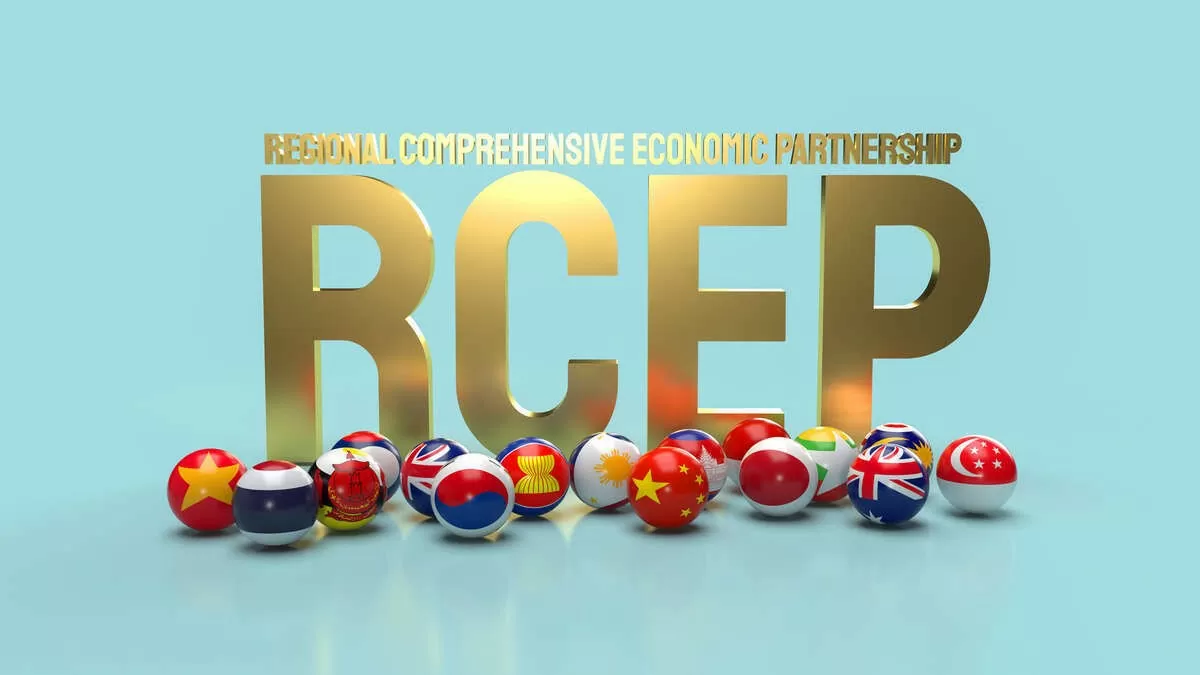 |
| RCEP was signed by 10 ASEAN member countries and 5 ASEAN partners, namely China, Japan, South Korea, Australia and New Zealand, on November 15, 2020 on the sidelines of the 37th ASEAN Summit chaired by Vietnam. Photo: Pixabay |
Firstly, RCEP is a synthesis of Asian economic and trade cooperation mechanisms, unleashing the huge potential of the regional market. RCEP has become a "coordination machine" of regional cooperation mechanisms. RCEP coordinates 27 existing free trade agreements and 44 investment agreements in Asia; at the same time, for the first time, major Asian economies such as China, Japan and South Korea are included in the single market rules agreement. From 2022 to 2023, after RCEP officially takes effect, the economic growth rate of the 8 member countries will be higher than before the agreement took effect and higher than the average growth rate of the world.
RCEP reduces economic and trade institutional costs and promotes trade and investment growth in the region. Measures such as preferential tariffs will unleash the potential for trade growth in the region. In 2023, China's total imports and exports to the remaining 14 RCEP members will reach 12.6 trillion yuan (CNY), up 5.3% compared to 2021 before RCEP took effect.
Trade facilitation measures have significantly reduced the cost of trade in the region. The combination of a negative investment list and a strict regulatory mechanism has optimized the investment environment in the region. In 2023, China's non-financial direct investment in other RCEP member countries increased by 26% year-on-year, 14 percentage points higher than the growth rate of China's global direct investment.
In addition, RCEP promotes the integration of the two most dynamic economies, China and ASEAN. The highlight is to effectively unleash the economic growth potential of China and ASEAN, while promoting economic growth of the least developed countries in ASEAN. From 2000 to 2021, the Gross Domestic Product (GDP) of the Asian region grew at an average annual rate of 5% in 2015 USD exchange rate, 1.8 times higher than the average growth rate of the world; in which, China and ASEAN contributed 68.9% to the overall growth of the Asian region. In 2022, the trade growth rate of Laos, Myanmar, and Cambodia compared to other RCEP members was 28.13%, 13.68%, and 3.42%, respectively. The GDP growth rates of the three countries in the same period were 2.7%, 4% and 5.4% respectively, higher than the average growth rate of the global economy.
Second, RCEP reshapes the cooperation landscape in Asia and reshapes Asia's industrial supply chain. First, the rules of origin accumulation promote the comprehensive development of industrial chains, supply chains and value chains in the region. RCEP member countries can take advantage of the resources of developing countries in the region, the intermediate goods production bases and technological advantages of developed economies; at the same time, make full use of the rules of origin accumulation in the region to form a closed industrial chain, supply chain and value chain in the region. Second, the sustainability of regional supply chains and industrial chains has been further strengthened. The share of RCEP region’s intermediate goods trade in total trade increased from about 64.5% in 2021 to about 65% in 2022. Against the backdrop of a general slowdown in global trade in 2023, the share of RCEP region’s intermediate goods trade increased to about 66%, demonstrating high stability. In addition, the combination of positive and negative service trade lists will promote the stable development of regional value chains, supply chains, and industrial chains.
Enhance Asia's position in the global industrial landscape. RCEP is the region with the highest level of integration in the global value chain. In 2023, China's intermediate goods trade with the region was 8.2 trillion yuan, accounting for about 65% of total trade with the region and 33.2% of total global intermediate goods trade. Customs data in the first four months of 2024 showed that intermediate goods trade between China and other RCEP member countries reached 2.9 trillion yuan, up 5.5% year-on-year.
RCEP also partially mitigates the impact of geopolitics. In 2021, the proportion of service trade in bilateral trade between China-Japan, China-Korea, and Japan-Korea was 7.8%, 8.22%, and 11.06%, respectively. The effective opening policy of RCEP service trade has become an important driving force for the integration of service trade between China, Japan, and Korea in the region.
Third, RCEP enhances ASEAN's leading role in regional economic and trade cooperation. RCEP demonstrates its dynamism and attractiveness by considering ASEAN as the leading subject. It is expected that by 2035, Asia's GDP share in the world will increase from 39.1% in 2021 to 45-50%. In terms of cumulative growth rate, the contribution rate of China and ASEAN will remain above 60%. RCEP acknowledges differences in development, ensuring both principles and flexibility; at the same time, it highlights the regional cooperation model based on consensus, more clearly demonstrating the role and advantages of this mechanism in promoting regional economic integration.
Inclusive development-oriented rules-based agreements help least-developed countries benefit from regional economic and trade cooperation. RCEP establishes special and differential treatment provisions and provides transitional arrangements for least-developed countries in ASEAN. RCEP includes countries with the largest disparities in economic development in the world, with a per capita GDP ratio of 42:1 between the highest and lowest countries, with the least-developed countries benefiting more. In 2022, total intra-regional trade between Laos and Myanmar increased by 28.13% and 13.68% respectively over the same period in 2021, which is an important driving force for ASEAN to develop into the world's fourth largest economy. ASEAN is in a period of rapid economic growth. It is expected that by 2030, ASEAN's GDP will reach about 6,600 billion USD, becoming the 4th largest economy in the world after the US, China and the European Union (EU).
Fourth, RCEP is a strategic solution to optimize China's opening-up roadmap, the biggest starting point for China's opening-up roadmap. In 2023, the proportion of total trade between China and other RCEP economies in China's total foreign trade will increase by 1.1 percentage points compared to 2021. Of which, China-ASEAN trade volume increased by nearly 4 percentage points compared to 2021. China and ASEAN have been each other's largest trading partners for four consecutive years. In 2023, China's investment in ASEAN increased by 44.6%, with total cumulative two-way investment reaching more than 380 billion USD.
China's high level of opening up has helped rebalance the Asian economic landscape. The opening of the Chinese market has brought great benefits to Asia's economic integration. For example, by 2030, the proportion of consumption in China's service sector is estimated to reach more than 50%, which will bring a new service market worth 10 trillion USD and greater demand for services for other Asian economies. China's market impact effect has promoted the adjustment of the "Asia produces, the world consumes" division of labor model and gradually formed a new "Asia produces, Asia consumes" model.
China will become a pioneer in the new trend of economic globalization. From 2024 to 2028, China's trade in goods and trade in services are expected to exceed 32 trillion USD and 5 trillion USD, respectively. This scale is equivalent to 54% of the total global import of goods and services in 2023. It is expected that in the next 5-10 years, China's contribution to world economic growth will still be able to maintain at around 30%. The successful practice of RCEP will set an important precedent for promoting reform of the multilateral trading system with the World Trade Organization (WTO) as its core, and promoting the process of economic integration in Asia.
RCEP was signed by 10 ASEAN member countries and 5 ASEAN partner countries: China, Japan, South Korea, Australia and New Zealand on November 15, 2020 on the sidelines of the 37th ASEAN Summit chaired by Vietnam. According to the provisions of the RCEP Agreement, the Agreement will officially come into effect 60 days after at least 6 ASEAN countries and 3 partner countries complete the ratification/approval of the Agreement and deposit the document with the ASEAN Secretary General. As of November 2, 2021, 6 ASEAN countries, including Vietnam, and 4 partner countries, namely China, Japan, Australia and New Zealand, have deposited the document of ratification/approval of the RCEP Agreement with the ASEAN Secretary General. Thus, the RCEP Agreement will officially come into effect from January 1, 2022. The RCEP Agreement coming into effect from January 2022 contributes to the multilateralization of the Free Trade Agreements that ASEAN has previously signed with each partner country, harmonizing the commitments and regulations in these agreements, maximizing economic benefits, especially rules of origin and trade facilitation, contributing to strengthening regional supply chains... |
Source: https://congthuong.vn/rcep-khai-mo-ky-nguyen-moi-cho-hop-tac-kinh-te-chau-a-347534.html


![[Photo] General Secretary To Lam visits exhibition of achievements in private economic development](https://vphoto.vietnam.vn/thumb/1200x675/vietnam/resource/IMAGE/2025/5/18/1809dc545f214a86911fe2d2d0fde2e8)

![[Photo] National conference to disseminate and implement Resolution No. 66-NQ/TW and Resolution No. 68-NQ/TW of the Politburo](https://vphoto.vietnam.vn/thumb/1200x675/vietnam/resource/IMAGE/2025/5/18/adf666b9303a4213998b395b05234b6a)










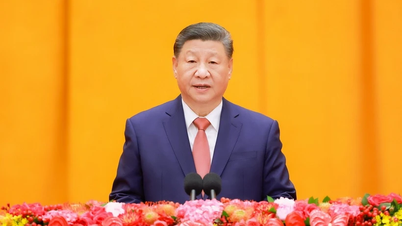
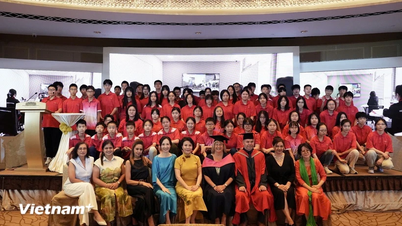
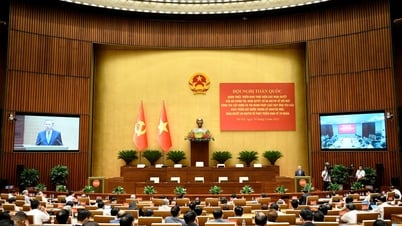







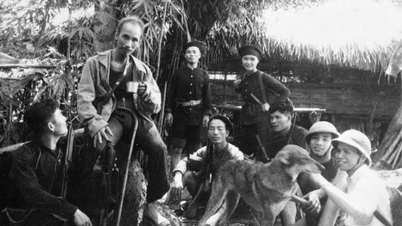


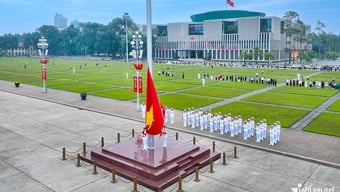

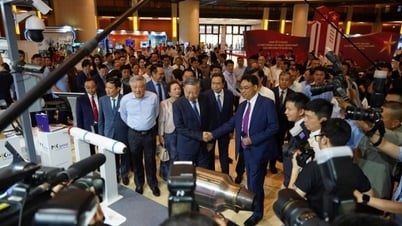
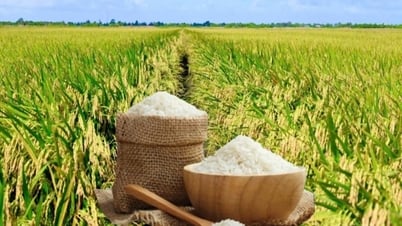


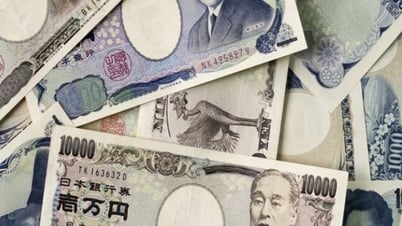

![[Photo] More than 17,000 candidates participate in the 2025 SPT Competency Assessment Test of Hanoi National University of Education](https://vphoto.vietnam.vn/thumb/1200x675/vietnam/resource/IMAGE/2025/5/17/e538d9a1636c407cbb211b314e6303fd)








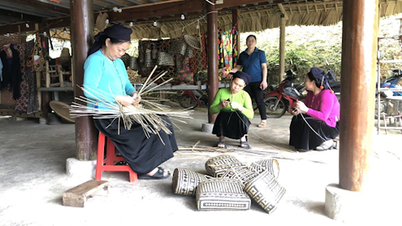








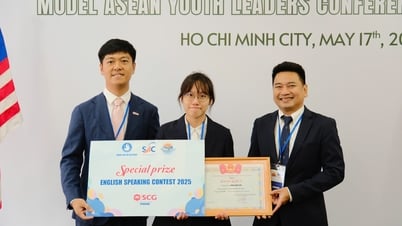
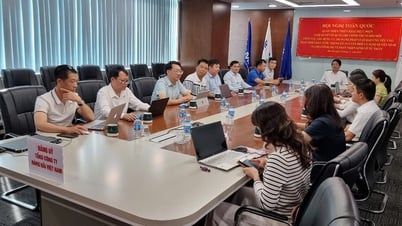

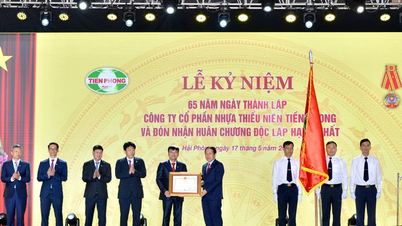





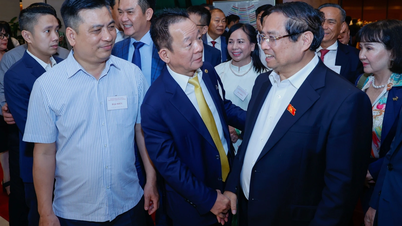
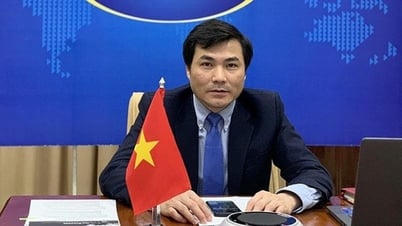
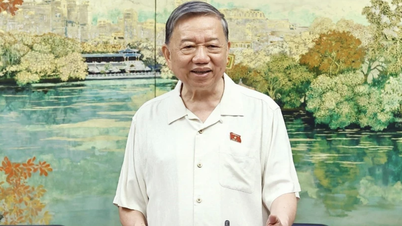
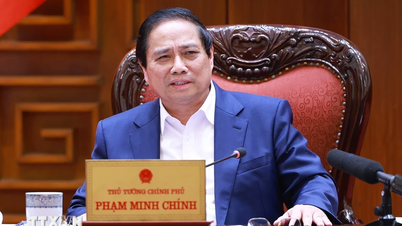


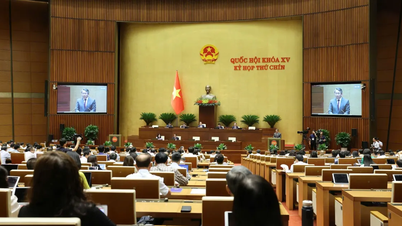
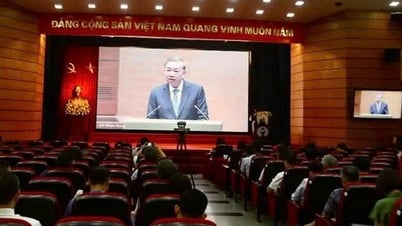

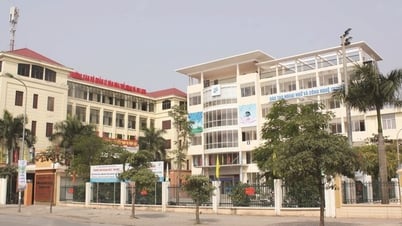



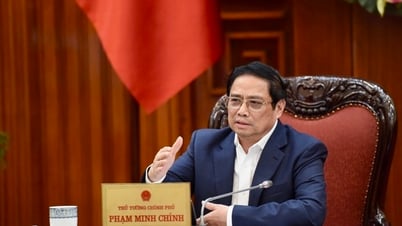



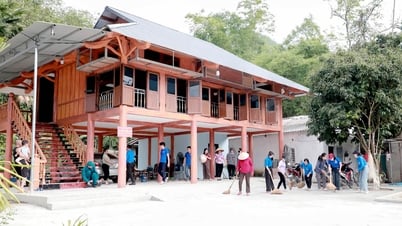



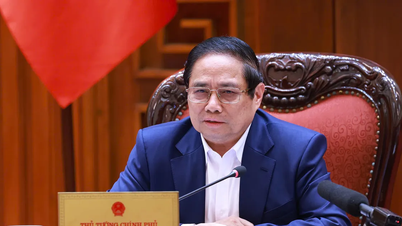





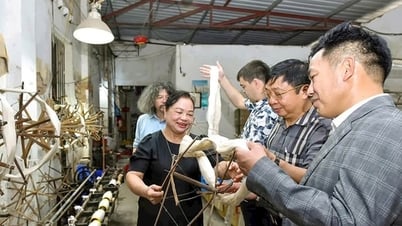







Comment (0)